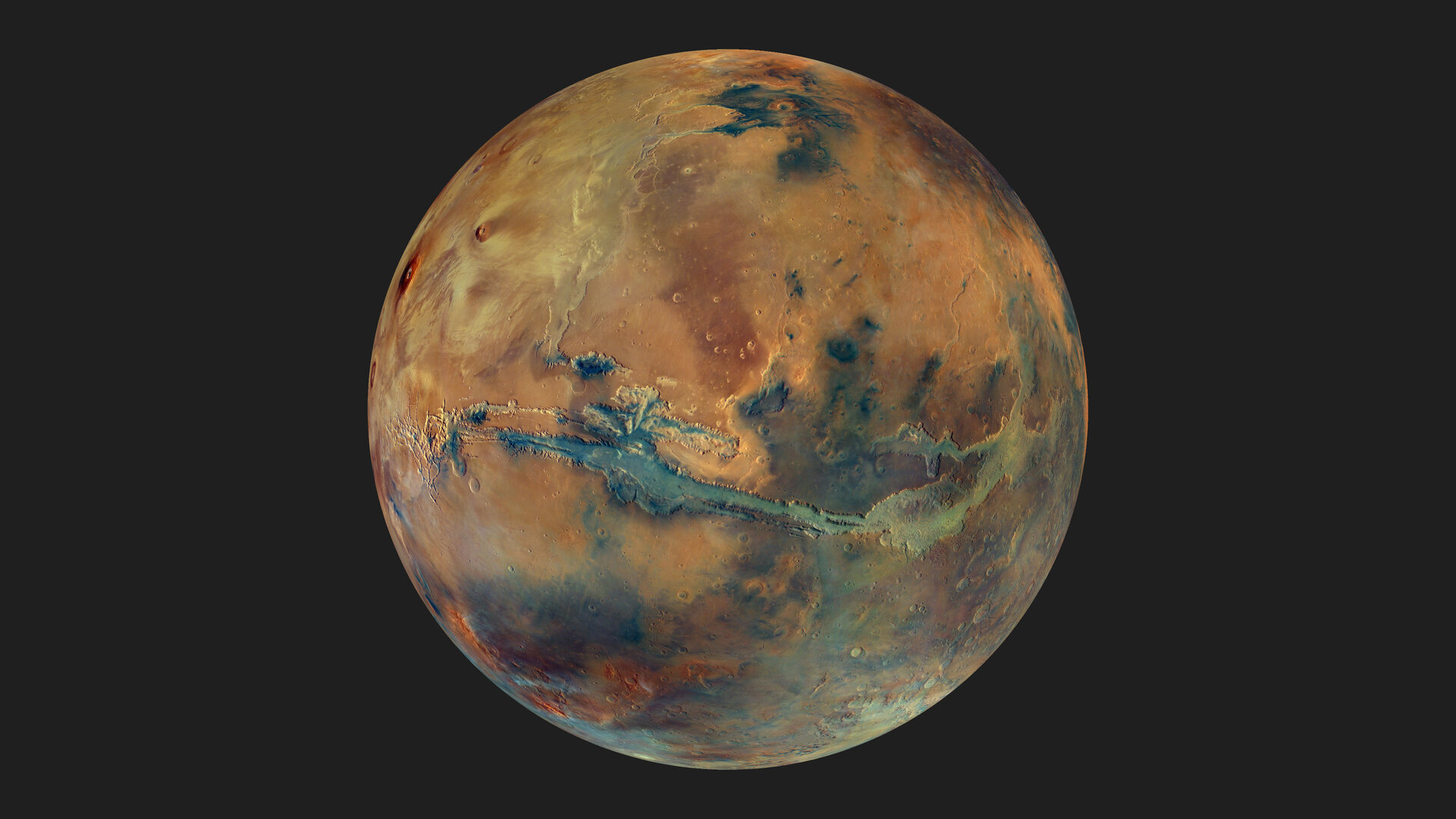Researchers Decode Day-Night Variations in Mars' Crustal Magnetic Field: Implications for Future Space Missions
The study also found that this daytime control by the crustal magnetic fields is unaffected by Mars' distance from the Sun or seasonal changes.

- Country:
- India
Researchers studying Mars' crustal magnetic field have uncovered that its effects are significantly stronger during the day but nearly absent at night. This discovery, which also revealed that these daytime effects remain consistent regardless of Mars' seasons or its distance from the Sun, is crucial for understanding the planet's magnetic shielding—a factor with direct implications for future robotic and human missions to space.
Unlike Earth, Mars does not have a global magnetic field. However, the planet is home to scattered crustal magnetic fields, predominantly located in the southern hemisphere, poleward of 30°S latitude and between longitudes 120°E and 240°E.
A team of scientists from the Indian Institute of Geomagnetism (IIG), an autonomous institute under the Department of Science and Technology, ventured into planetary space plasma research, building on their extensive work in Earth's magnetic field and plasma environment. The team, including C. Nayak, E. Yiğit, B. Remya, J. Bulusu, S. Devanandhan, S. Singh, A.P. Dimri, and P. Padhye, conducted a detailed investigation into how Mars' weak crustal magnetic fields influence its ionosphere.
Their research revealed that during the daytime, the crustal magnetic fields exert strong control over the ionosphere in the southern hemisphere, a control that is notably stronger than in the northern hemisphere. However, this influence diminishes at night, leading to a loss of hemispheric asymmetry.
The study also found that this daytime control by the crustal magnetic fields is unaffected by Mars' distance from the Sun or seasonal changes. The findings were published in the Journal of Geophysical Research: Space Physics.
The research utilized nearly eight years of data from NASA's MAVEN (Mars Atmosphere and Volatile EvolutioN) satellite, which has been orbiting Mars since 2014, to examine the impact of crustal magnetic fields on the Martian ionosphere. This study by IIG scientists represents a significant step towards enhancing our understanding of Mars' magnetic environment, knowledge that could be vital for future space missions.
- READ MORE ON:
- Indian Institute of Geomagnetism
- Mars










